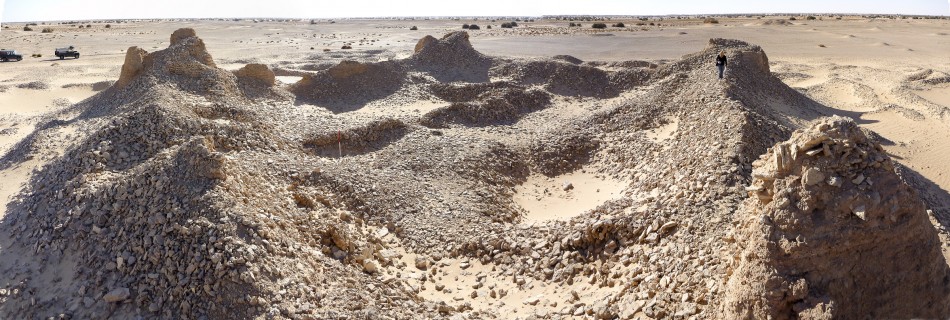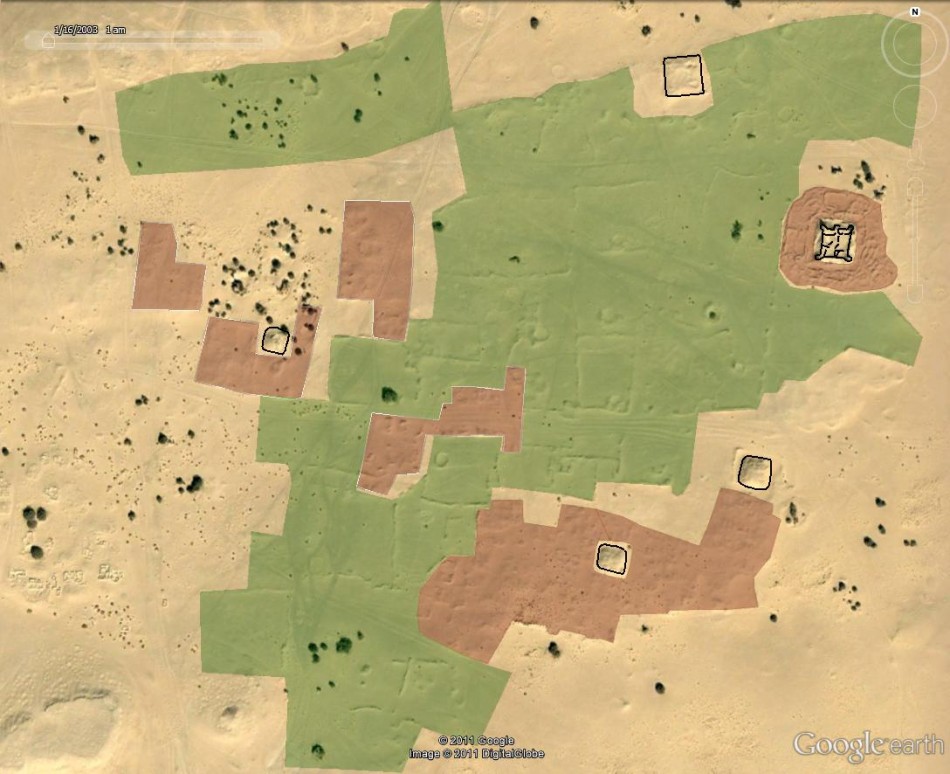UK Scientists Discover 'Lost Civilization' in Libya That Was Ignored by Gadhafi [PHOTOS]
Libya has one more reason to rejoice after the fall and death of its ex-military ruler Col. Moammar Gadhafi.
A team of British archaeologists has found new evidence of a lost civilization in the country's desert regions. The team from the University of Leicester used satellites and aerial photographs to identify the remains of more than 100 fortified dams and villages with castle-like structures and several towns in the harsh desert lands.
During Gadhafi's reign, Libya's pre-Islamic heritage was ignored and disregarded. However, this new discovery could help the country make a fresh start towards re-claiming and enriching its heritage.
Historical Findings
The "lost cities" of Libya, which have been dated back to between 1 A.D. and 500 A.D., are believed to have been built by a little-known civilization called the "Garamantes". According to the archaeologists, the lifestyle and culture practiced in that era was far more advanced and historically significant than ancient sources had previously suggested.
"It is like someone coming to England and suddenly discovering all the medieval castles. These settlements had been unremarked and unrecorded under the Gadhafi regime," said David Mattingly FBA, the project leader and a Professor of Roman Archeology at the University of Leicester.
The British team also identified mud brick remains of castle-like complexes, with walls still standing up to 13 feet (four meters) high. They also found traces of dwellings, cairn cemeteries, associated field systems, wells and sophisticated irrigation systems. Following their ground survey, the team confirmed the pre-Islamic date of the site and praised the "evolved" civilization's preservation.
"Satellite imagery has given us the ability to cover a large region. The evidence suggests that the climate has not changed over the years and we can see that this inhospitable landscape with zero rainfall was once very densely built up and cultivated. These are quite exceptional ancient landscapes, both in terms of the range of features and the quality of preservation," said Dr. Martin Sterry, also of the University of Leicester, who has been responsible for much of the image analysis and site interpretation.
The British team's findings challenge a view dating back to Roman times that the Garamantes consisted of barbaric nomads and troublemakers on the edge of the Roman Empire.
"In fact, they were highly civilized, living in large-scale fortified settlements predominantly as oasis farmers. It was an organized state with towns and villages, a written language and state of the art technologies. The Garamantes were pioneers in establishing oases and opening up Trans-Saharan trade," said Professor Mattingly.
A Fresh Start for Libya
The British team, which was forced to evacuate Libya during anti-Gadhafi revolts in February, hopes to return to the archaeological site soon. Badly neglected under the Gadhafi regime, the Libyan antiquities department is closely involved with the project.
"It is a new start for Libya's antiquities service and a chance for the Libyan people to engage with their own long-suppressed history," said Professor Mattingly.
"These represent the first towns in Libya that weren't the colonial imposition of Mediterranean people such as the Greeks and Romans. The Garamantes should be central to what Libyan school children learn about their history and heritage," he added.



© Copyright IBTimes 2024. All rights reserved.





